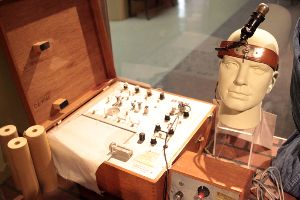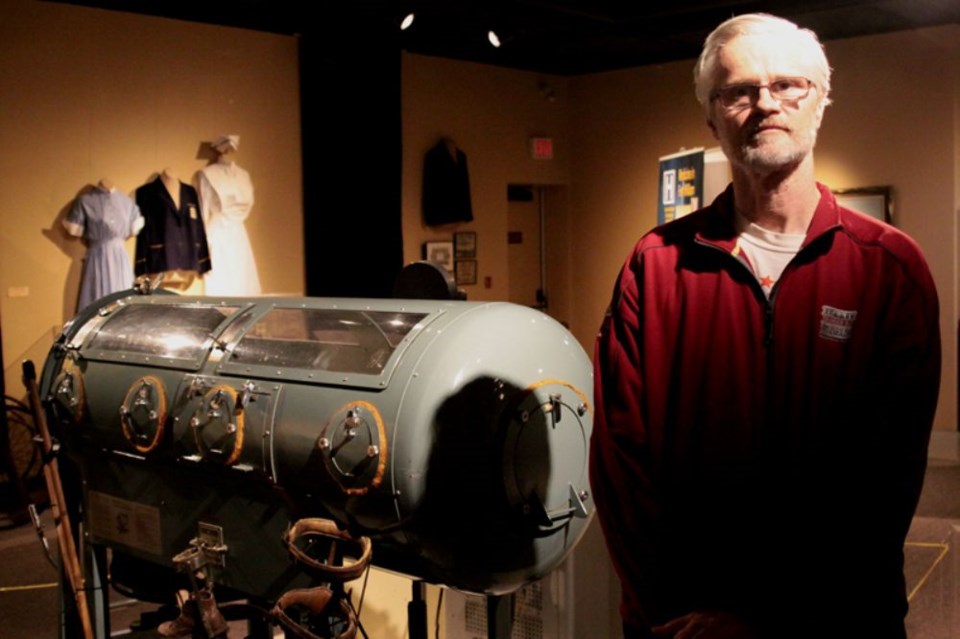THUNDER BAY -- There was a time when bells would call out the sick into the streets that would grow together to form Thunder Bay. As doctors conducted horse-drawn carriages carrying diseased patients, those same bells would warn the vulnerable to stay away.
It was a prudent public health practise in a time when public health officials needed to issue advisories calling for locals to remove dead animals from their properties.

Seeing medical history as a trajectory makes it easy to wonder what future generations will think of the way medical ambulance helicopters land outside the glass palace we know today as the Thunder Bay Regional Health Sciences Centre.
"Today, we're still dealing with diseases. There are new problems that emerge all the time," says Thunder Bay Museum curator, Tory Tronrud.
"Learning how they dealt with them in the past, I think, informs us today. There's no single approach that can be taken toward health care and it's wise to keep an open mind to all various kinds of treatment. Knowing what treatments were used in the past makes a difference today."
In partnership with the regional hospital, the museum is showcasing Thunder Bay's Medical History. The exhibit traces local health care back to its roots at the fur trading post in Fort William, the early hospital days for soldiers passing through to fight in the Riel Rebellion, all the way through to the political battle 10 years ago that ended in opening the regional hospital.
"It was serving railway-related accidents in the early days, whatever major industry was here had diseases and problems associted with it," Tronrud said.
 To look at the history as buildings would miss the story, Tronrud says. From using sulphur and mercury to check for BD to the strength of x-ray machines in checking for tuberculosis, Tronrud said the history of local public health is riddled with interesting stories that show how our health system ended up here.
To look at the history as buildings would miss the story, Tronrud says. From using sulphur and mercury to check for BD to the strength of x-ray machines in checking for tuberculosis, Tronrud said the history of local public health is riddled with interesting stories that show how our health system ended up here.
"All the school children had chest x-rays in the 1940s and 1950s. It was kind of scary. In the 1940s, the dose of x-rays you'd get would be extreme."
